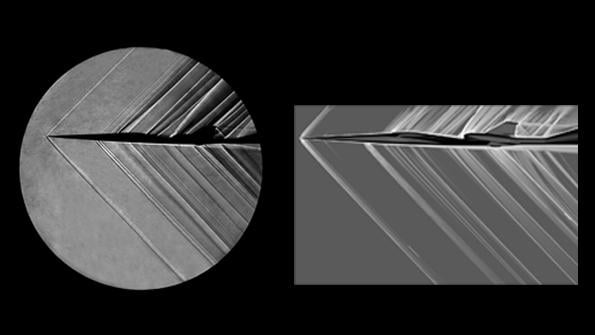
Credit: NASA Glenn Research Center
Reducing the sonic boom of a supersonic aircraft to a low-amplitude thump is the key to unlocking access to unconstrained overland high-speed flight and, along with it, a sustainable faster-than-sound civil aircraft market, NASA says. But the development of low-boom aircraft faces significant...
Wind-Tunnel Tests Validate Low-Boom X-59 Computational Fluid Dynamics is part of our Aviation Week & Space Technology - Inside MRO and AWIN subscriptions.
Subscribe now to read this content, plus receive full coverage of what's next in technology from the experts trusted by the commercial aircraft MRO community.
Already a subscriber to AWST or an AWIN customer? Log in with your existing email and password.





